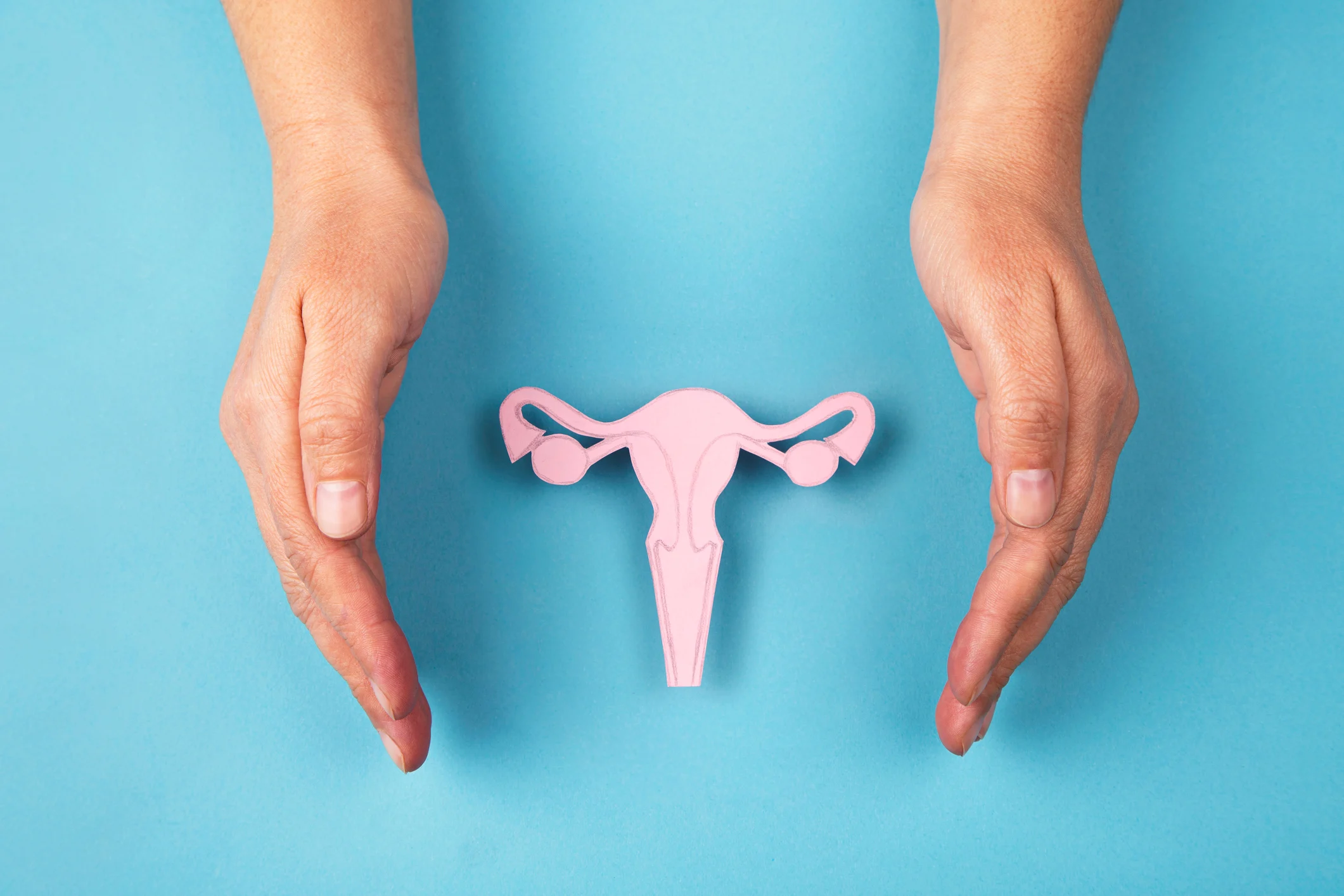Most women with endometriosis are able to conceive and have a family. Here’s how.
If you have endometriosis or believe your symptoms fall in line with this diagnosis, you’ve likely had to overcome many challenges prior to reading this blog.
Unfortunately, many women with endometriosis are misdiagnosed or go undiagnosed for years. All while experiencing painful menstrual periods alongside challenging issues such as heavy bloating, severe cramping and changes in bowel habits.
Each month during menstruation, the endometrial lining inside the uterus sheds from the body. In women with endometriosis, endometrial glands are present outside of the uterus. These misplaced glands follow the same monthly schedule, shedding and bleeding, which causes inflammation and pain. Endometrial growths can be found in the pelvic wall, the ovaries, fallopian tubes, bladder and have even been found in the lungs and brain.
According to the Endometriosis Foundation of America, it takes 10 years from symptom onset to receive an accurate diagnosis. Most women are diagnosed between 25 and 29 years of age. Directly inspecting the pelvic and abdominal cavity via laparoscopy, a camera attached to a small scope, is the gold standard to diagnose endometriosis. A biopsy may also be required.
With endometriosis impacting roughly 10% of reproductive-age women, this is a disorder that should receive more attention from the medical community than it does. The statistics around endometriosis and infertility speak for themselves:
- 25-35% of infertile women have endometriosis
- 70% of women who have pelvic pain have endometriosis
- 85% of women with pelvic pain and infertility have endometriosis
It’s important to note that not all women with endometriosis experience infertility. If symptoms do not interfere with the quality of life and ability to conceive, endometriosis may go untreated.
For women with endometriosis who would like to have a family but are not ready to start trying for a baby, decreasing pain and inflammation through medication has the double benefit of making life easier and preventing the worsening of endometriosis.
Gonadotropin-releasing hormone agonists (GnRH) are a type of medication that suppresses ovulation by stopping the production of estrogen and progesterone. This helps to keep endometrial growth at bay, preventing further development of scar tissue and lessening the overall impact on fertility. Elagolix is a new option on the market that I would recommend for women who are not looking to grow a family right now.
Treating endometriosis and infertility
For women with endometriosis who have been trying to conceive without success, the recommended treatment will vary based upon the severity of the disorder, scar tissue present, age, and previous medical history.
Scar tissue from endometriosis may hinder conception, particularly if it is located around the fallopian tubes and ovaries. A simple surgical procedure to remove growths may be an option.
Fertility treatment such as IUI (intrauterine insemination) or IVF (in vitro fertilization) can also offer excellent pregnancy success rates. The recommended option will vary based upon a patient’s individual diagnosis. For example, scar tissue on the fallopian tubes may prevent an egg and sperm from meeting each other to fertilize. In this scenario, IVF allows a patient to bypass the scarred area completely by placing an embryo within the uterus.
Completing a pre-treatment of suppressive hormone medication for two months prior to completing an IVF cycle has been shown to be the most successful. A study found that using GnRH agonist medication for 3-6 months prior to IVF in women with moderate to severe endometriosis led to a fourfold increase in pregnancy rates.
If you have endometriosis and are concerned about infertility, know that most women with endometriosis are able to conceive and have a family. As a practice, we have helped thousands of patients overcome this diagnosis to achieve the dream of parenthood.







